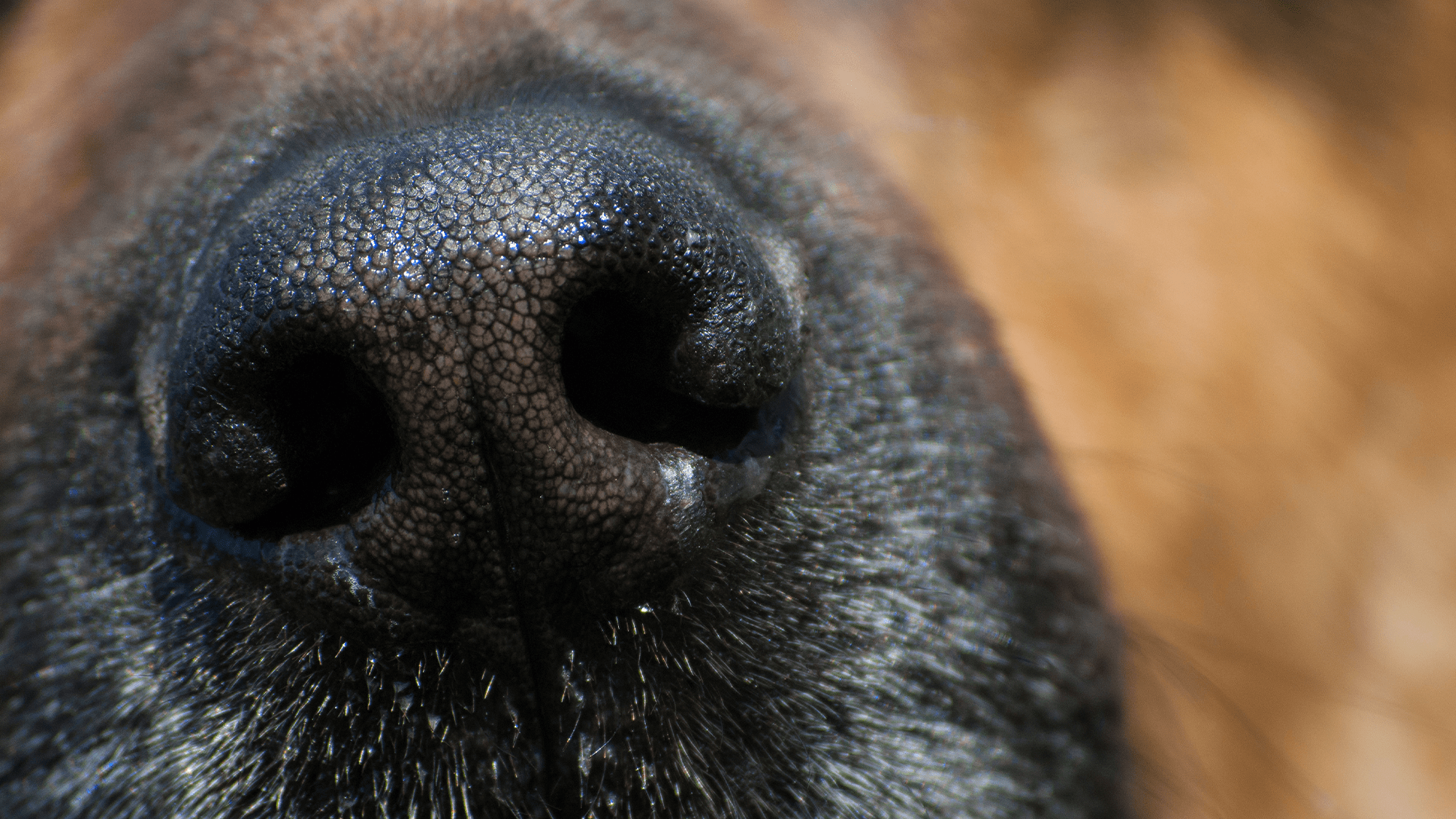Canine Truffle Hunters Make Groundbreaking Discovery: Two Unknown Fungal Species Unearthed

A Promising New Whiskey Ingredient: The Cumberland Plateau's Hidden Treasure
Deep in the rugged landscapes of the Cumberland Plateau, a remarkable fungal species is catching the attention of craft distillers and mycological researchers. Tuber cumberlandense, a unique truffle native to this region, is emerging as a potential game-changer in the world of whiskey production.
This extraordinary fungus isn't just another woodland curiosity. Its distinctive flavor profile and complex biochemical composition suggest exciting possibilities for whiskey makers seeking to create truly unique spirits. Preliminary studies indicate that Tuber cumberlandense could introduce unprecedented depth and nuance to whiskey's traditional taste spectrum.
Researchers are particularly intrigued by the truffle's potential to impart subtle earthy notes and complex aromatic compounds during the aging or finishing process. While traditional whiskey production relies on established techniques, this native truffle represents an innovative frontier in spirit crafting.
Though still in early research stages, the potential of Tuber cumberlandense is generating significant buzz among artisan distillers and botanical enthusiasts. As exploration continues, this remarkable fungus might just revolutionize how we think about whiskey's flavor potential.

